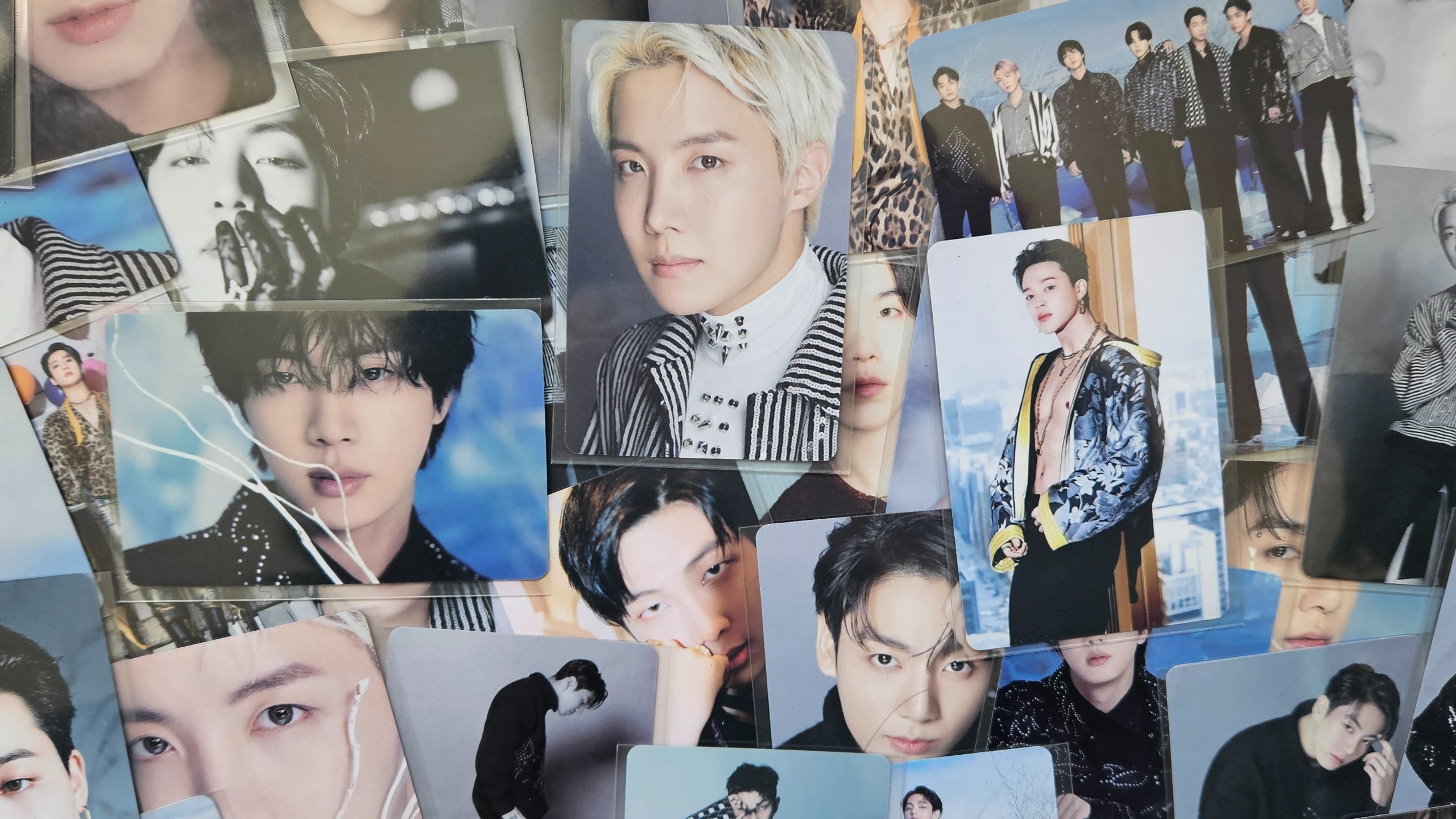
(Reading time: 4 minutes)
K-pop, short for Korean pop music, is a blend of various genres of popular music originating from South Korea. It’s a catchy tagline. Completely unsatisfactory.
K-pop is a whole subculture that started around 1992 with somewhat hesitant attempts at rap and singing combined with simple dance choreography. However, it rapidly evolved from a domestic scene in its infancy to a global cult phenomenon.
In today’s era, we divide the rapid evolution of K-pop into 4 generations (the years are approximate, there’s no unanimous consensus, and there’s intergenerational blending—idols from older generations are still active in subsequent ones):
First Generation of K-pop (1992-2002)
This is where it all began. Simple hopping to the rhythm of Western music mixed with Korean gibberish while wearing mountaineering jumpsuits. The debut of the group Seo Taiji and Boys brought a mix of hip-hop, rap and rock to the scene, but it was around 1996 with the debut of H.O.T. that talk of K-pop idols began. The “ancient” times of K-pop didn’t pay much attention to perfect muscles and makeup, fans managed choreography at home in front of the mirror in a few minutes, and fashion inspired by America dictated mega oversized clothing. Towards the end of this period, almost identical tight-fitting suits and school uniforms became popular (especially on stage). Artists of the 1st generation: Seo Taiji and Boys, H.O.T., S.E.S, Shinhwa, Sechskies, Fin.K.L …
Seo Taiji and Boys – Come Back Home
H.O.T. – Candy
Second Generation of K-pop (2003-2011)
The golden age of K-pop penetrated internationally, but minimally into Western countries. Young artists were trained by their companies in singing, dancing and public appearances, as K-pop idols were constantly under public scrutiny and the watchful eye of forming fan clubs. All demands for idol quality increased. People wanted better singers with distinctive voices, catchier melodies, more sophisticated yet still homemade choreography, and striking personalities. Visual changes compared to the previous generation brought bold makeup (also for men), constant hair color changes, extravagant clothing and accessories. Artists of the 2nd generation: BigBang, 2NE1, Shinee, Girls’ Generation, Super Junior, TVXQ, Infinite, IU …
BigBang – Fantastic Baby
Girls’ Generation – Gee
Third Generation of K-pop (2012-2017)
With a bit of exaggeration, we can say that the world discovered Korea in the map. Korean popular music became an export commodity worldwide and a lucrative business. Merchandising gained popularity. Idols began to top international music charts and perform at prestigious music award shows. The popularity of social media forced artists to actively engage with fans by sharing snippets of their daily lives. Conceptual art became prominent; the idea behind an overarching artistic creation, or “what was the poet’s intention”, what they appealed to. The visual attractiveness of an idol was as important as their talent. Artists of the 3rd generation: BTS, Blackpink, EXO, Twice, Seventeen, Mamamoo, Psy …
BTS – Blood, Sweat and Tears
Blackpink – Boombayah
Fourth Generation of K-pop (2018-present)
Everything, everywhere, all at once, more, better, and more often—this could characterize the current viral K-pop scene. Idols debut at strikingly young ages to be able to perform actively for longer. Choreography is extremely demanding (especially for boy groups), and each subsequent music video seeks to surpass the previous one. The private lives of stars almost don’t exist since they are “owned” by fans and thus constantly scrutinized by their benefactors, who can elevate them to a pedestal or crush them. Artists become ambassadors for luxury brands, collaborate with foreign celebrities, and set fashion trends. Regular posts on various social media platforms are a necessity. Artists of the 4th generation of K-pop: ATEEZ, Stray Kids, Itzy, aespa, Enhypen, TXT, New Jeans …
ATEEZ – Halazia
aespa – Next Level
Slowly but surely, whispers about the fifth generation of K-pop idols are starting to spread, with rookies potentially being artists debuting in the years 2023 and 2024, such as BabyMonster, ZEROBASEONE, or xikers. A new era is coming, and with it, speculations about what innovative things it will bring. For most fans, however, this topic is still too sensitive—most idols of the fourth generation have successful careers, so we may not need an inundation of new competitive blood.
-endy-